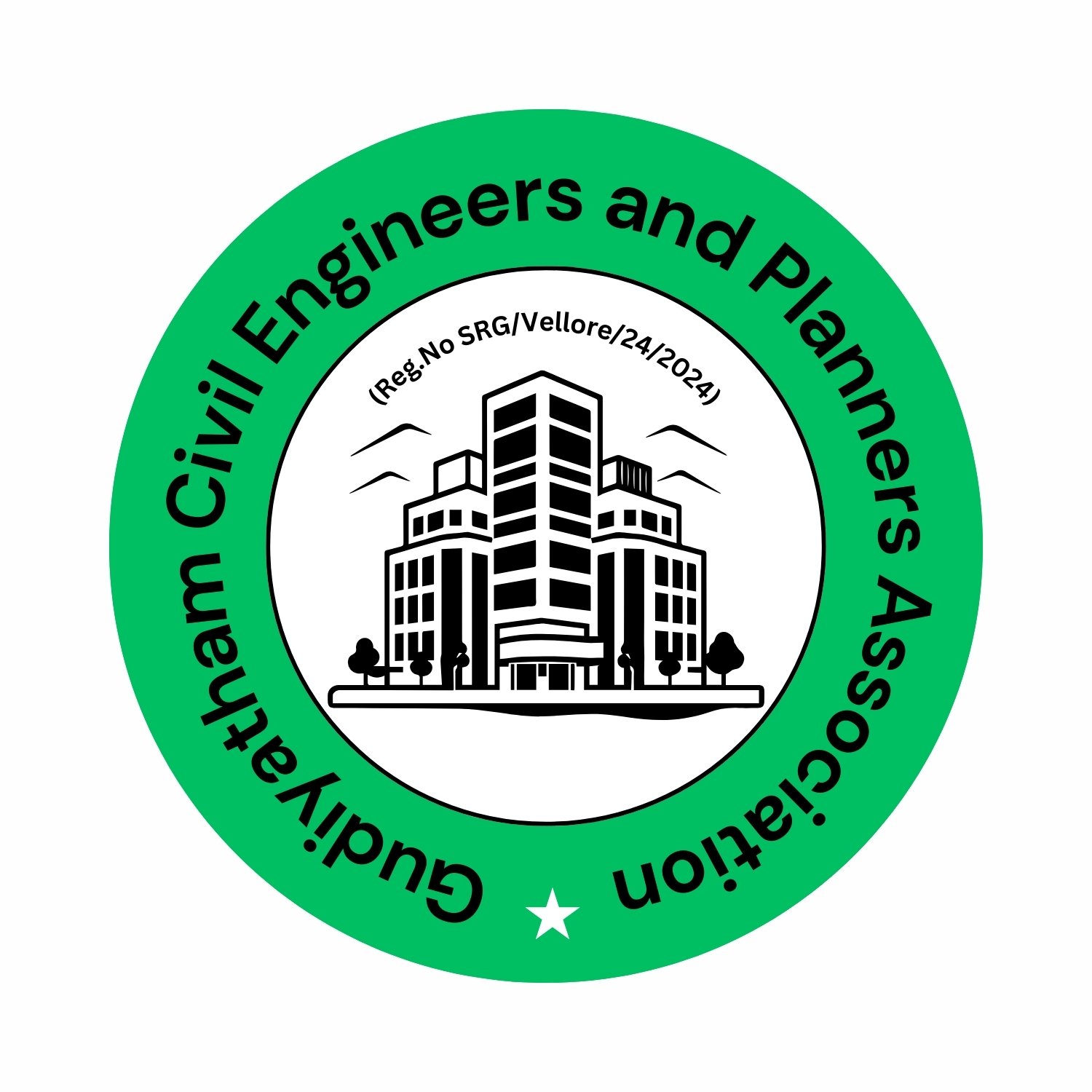Mixed-use construction projects combine multiple types of construction and land use within a single development or area. Mixed-use developments are designed to create more efficient and integrated communities by providing a variety of functions in close proximity to each other. They often include a mix of residential and commercial units, recreational facilities, green space, and public amenities to create vibrant, convenient urban or suburban environments.
Mixed-use developments are popular among developers as a tool to reduce financial risk, allowing them to diversify their portfolio within the same building. If demand for office space weakens (say, during a pandemic), the residential and retail units may help the owner mitigate their losses. However, accommodating multiple end uses within a single development invites an increase in project complexity at almost all phases of the project – and a corresponding rise in operational risk.
While there is a virtually endless variety of configurations, there are four common types of mixed-use construction projects: vertical mixed-use, horizontal mixed-use, transit-oriented developments, and live-work-play communities.
Vertical mixed-use
A vertical mixed-use project stacks different end uses within a single building – for example, retail spaces on the ground floor, office spaces on middle floors, and residential units on upper floors. They are common in densely populated areas, especially as urban infill, where property is scarce.
Horizontal mixed-use
Where vertical mixed-use projects build up, horizontal mixed-use developments build out. As a result, this type of project is more common in suburban settings where space is cheaper and more readily available. Individual buildings within the development typically have their own designated uses.
Transit-oriented developments
Transit-oriented developments (TODs) include a variety of facilities (residential units, office space, retail stores, public amenities) designed within walking distance of public transit hubs (e.g. train stations or bus terminals), to reduce reliance on private vehicles. These projects often combine vertical and horizontal mixed-use developments.
TODs may coincide with the launch of a new transit station, or may be built to revitalize adoption of an existing but underused hub. Developers can often qualify for federal or state funds earmarked to encourage investment in transit-oriented developments, which foster increased ridership and improvements in community connectivity and accessibility.
